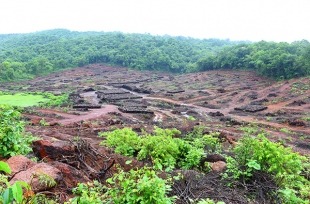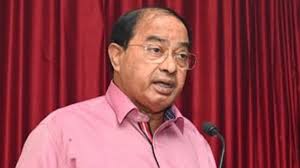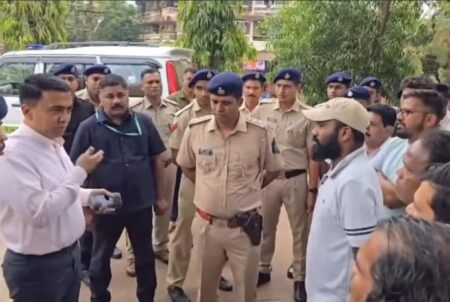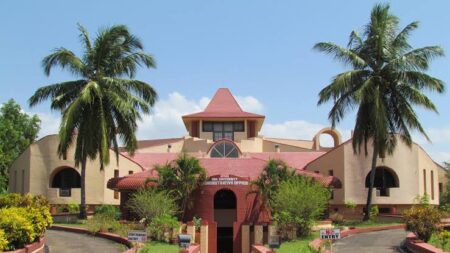 Goemkarponn desk
Goemkarponn desk
VASCO: Youth of Goa and Amche Mollem Citizens Group gives a call to the newly formed Goa government to stand on their side and rise up to the challenges of being sustainable development.
As Goa’s new government is being sworn in, the Youth of Goa and Amche Mollem Citizens Group has taken to social media to remind fellow Goans that the looming threat to Goa’s biodiversity still hangs overhead.
They have put together salient points on how to hold our elected representatives and government accountable in their subsequent tenure.
Farai Patel, an ecologist, explains, “Now more than ever, with the erratic rains, floods, and the pandemic, the people of Goa are well aware of how environmental degradation is taking a toll on their health and livelihood. They need to see that the people who represent them in the government will respond to these issues.”
It is not to be forgotten that the Goa government had tried to feign ignorance about Mollem projects as being “Central projects” in the past.
As citizens, we need to remind the new government of the seventh schedule of the Constitution of India. Forest and wildlife appear on the concurrent list; thus, the State and Centre have equal power to make decisions.
In fact, before the Mollem proposals went to the Standing Committee of the National Board for Wildlife, approval (that is now being challenged in various courts) was sent by the Chief Wildlife Warden of the State of Goa.
How can Chief Minister Dr Pramod Sawant, his cabinet and MLAs in the opposition take responsibility for Mollem?
Firstly, the Chief Minister of Goa is also the Chairperson of the State Wildlife Advisory Board.
He can send an immediate representation to the Union Minister of Environment and Forests, the Chairperson of the National Board of Wildlife, to scrap the wildlife clearances granted to the three linear infrastructure projects.
Next, he needs to send a similar representation to the Regional Committee of the Ministry of Environment and Forests and Climate Change at Bengaluru to ask them to quash the forest clearances granted for the areas outside.
Apart from these two relatively simple and straightforward letters, he can direct the Goa Forest Department not to issue any work orders to fell trees for the Goa Tamnar transmission line and to stop-all work related to double railway tracking on non-forest land.
To sum up, the final and easiest step to revoke these clearances, as the Chief Minister, he needs to direct the Goa Forest Department to return these proposals back to Goa Tamnar, South Western Railways and the PWD.
Gabriella D’ Cruz’, a local marine conservationist and entrepreneur, said, “Goa has everything we need for us to build a sustainable development model that can guide the rest of the country.
Being a coastal state, Goa is especially vulnerable to the climate crisis, but we have the minds and the resources to rise to this massive challenge”.







